In April, I returned to China for the first time since the pandemic. From Tokyo, it was far cheaper to fly to Hong Kong than Shanghai back then, so we decided to take a long trip by high-speed train from Hong Kong to Shanghai, stopping at Shenzhen and Quanzhou on the way.
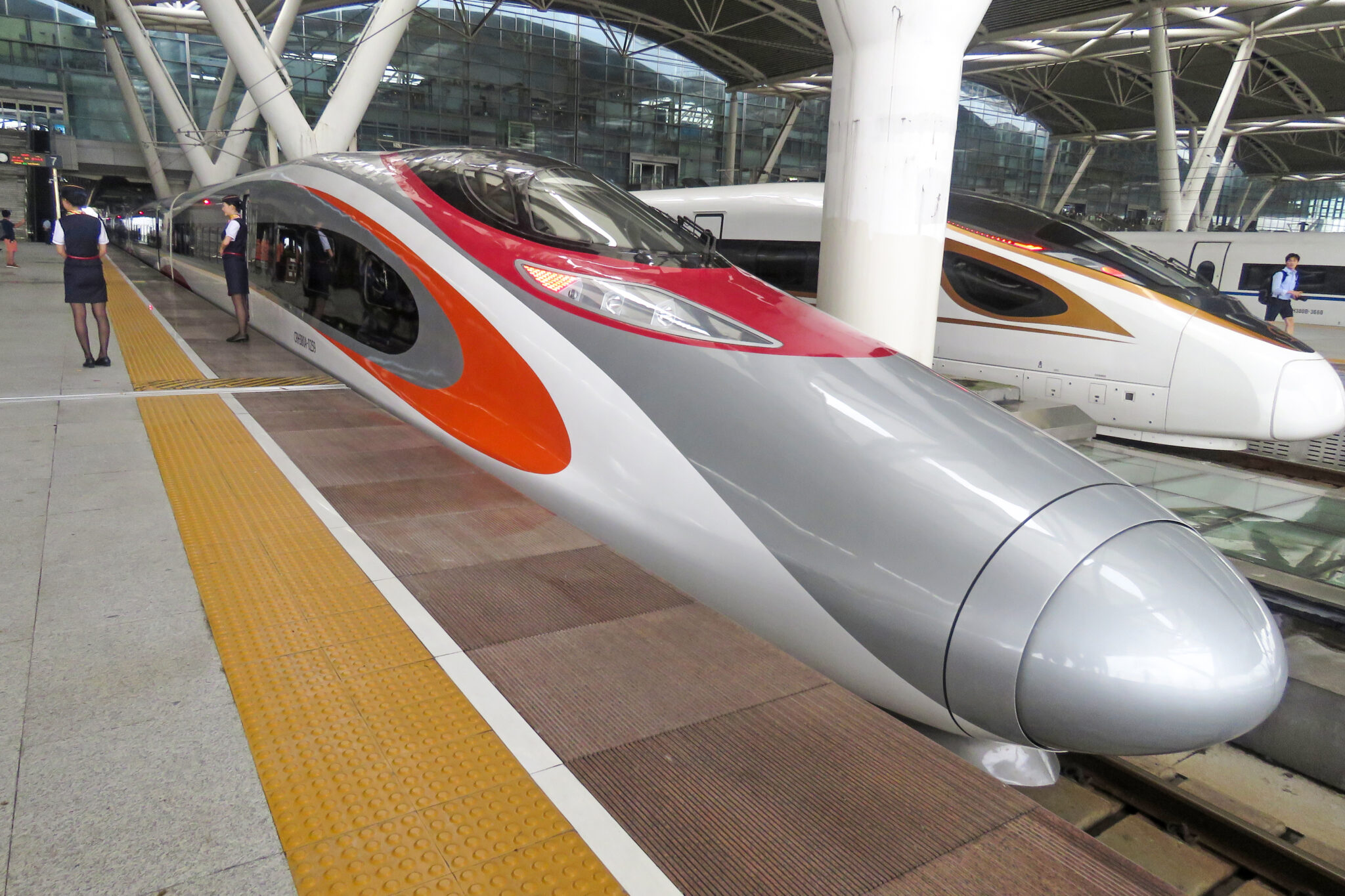
Unlike days of old, Shenzhen can now be reached from Hong Kong by high-speed train in just 15 minutes. We spent far more time going through customs than on the train itself, with many people underestimating how long it would take and missing their train.
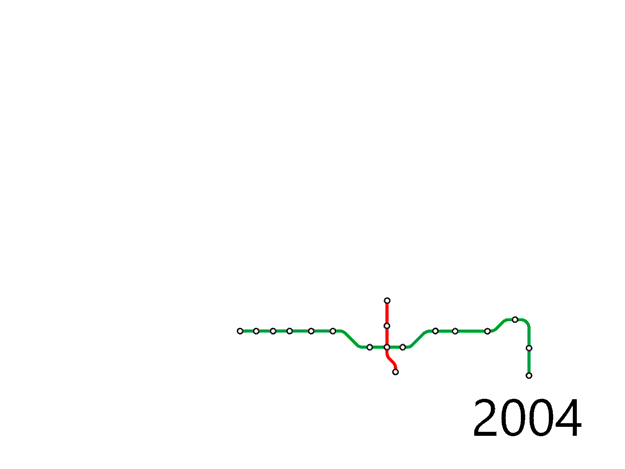
In Shenzhen, I was keen to visit my old haunts that I’d not been back to in more than a decade. Riding Shenzhen Metro, it was utterly insane to see how the network had exploded since I left in 2010, blossoming from 2 to 16 lines with 369 stations and 547 km of track!
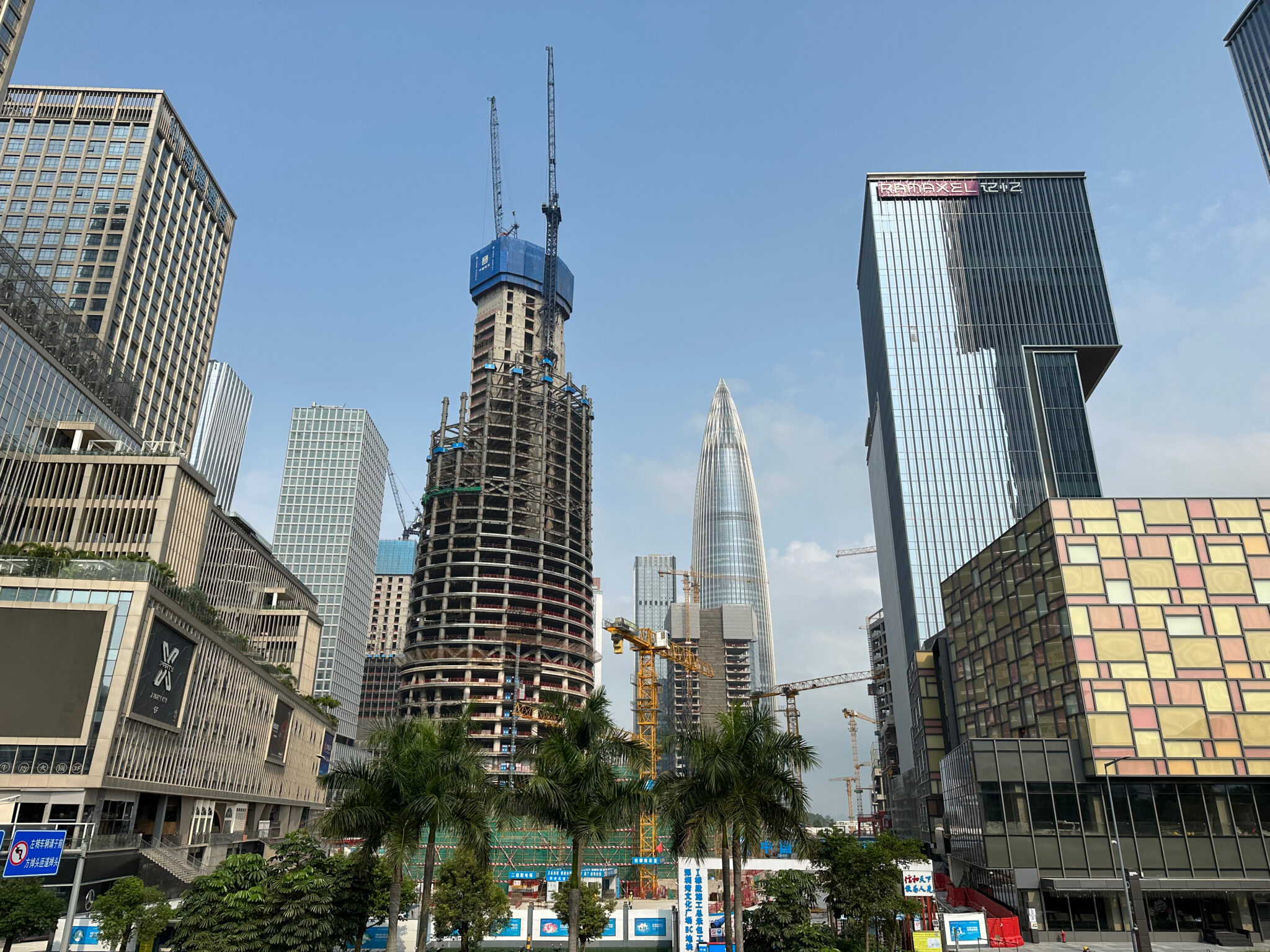

Likewise, my old neighbourhood around Coastal City in Nanshan was continuing to rise towards the heavens with many new and incomplete skyscrapers on the horizon. The mind boggles at how China has managed to keep up this rate of development.
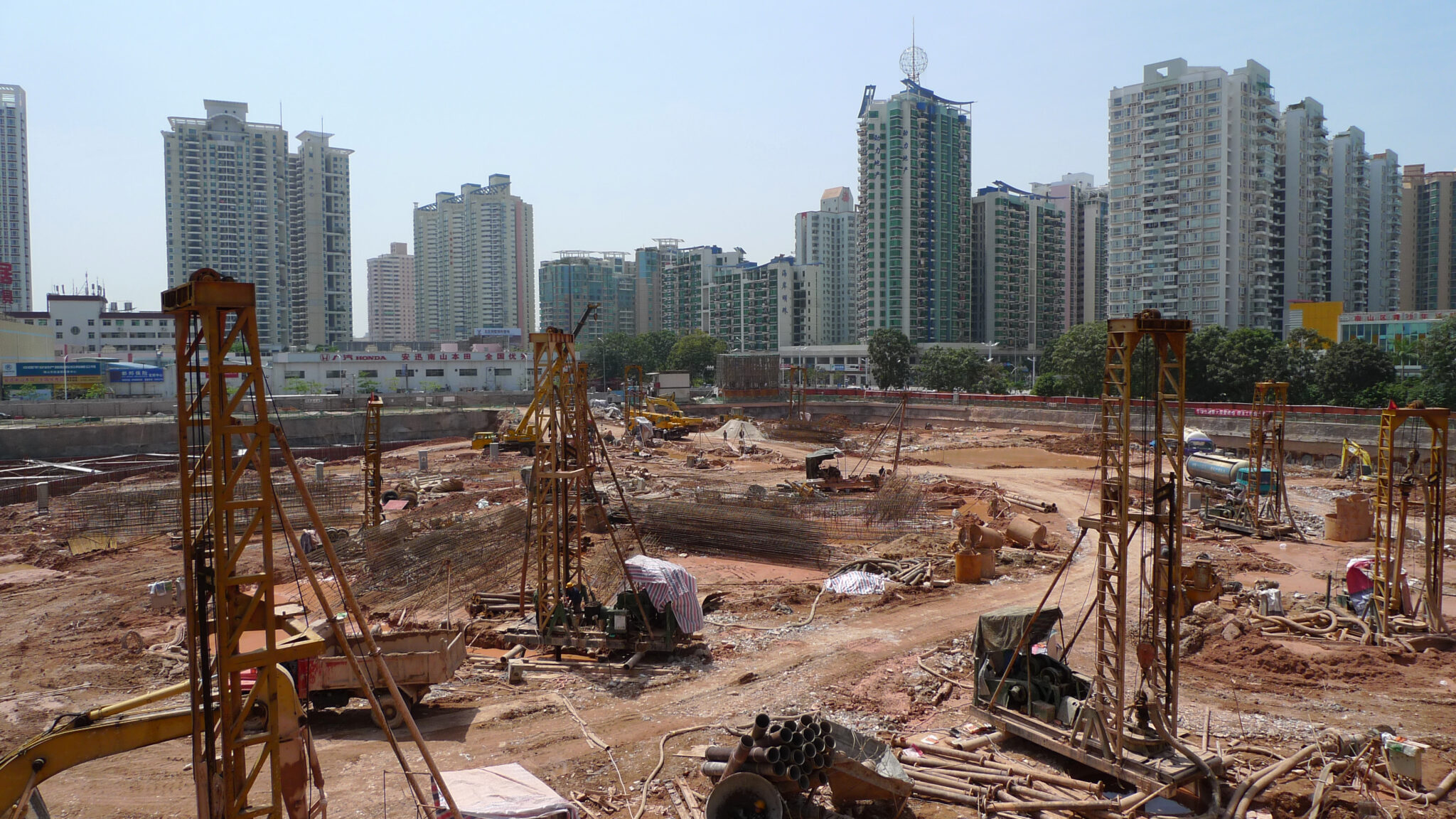
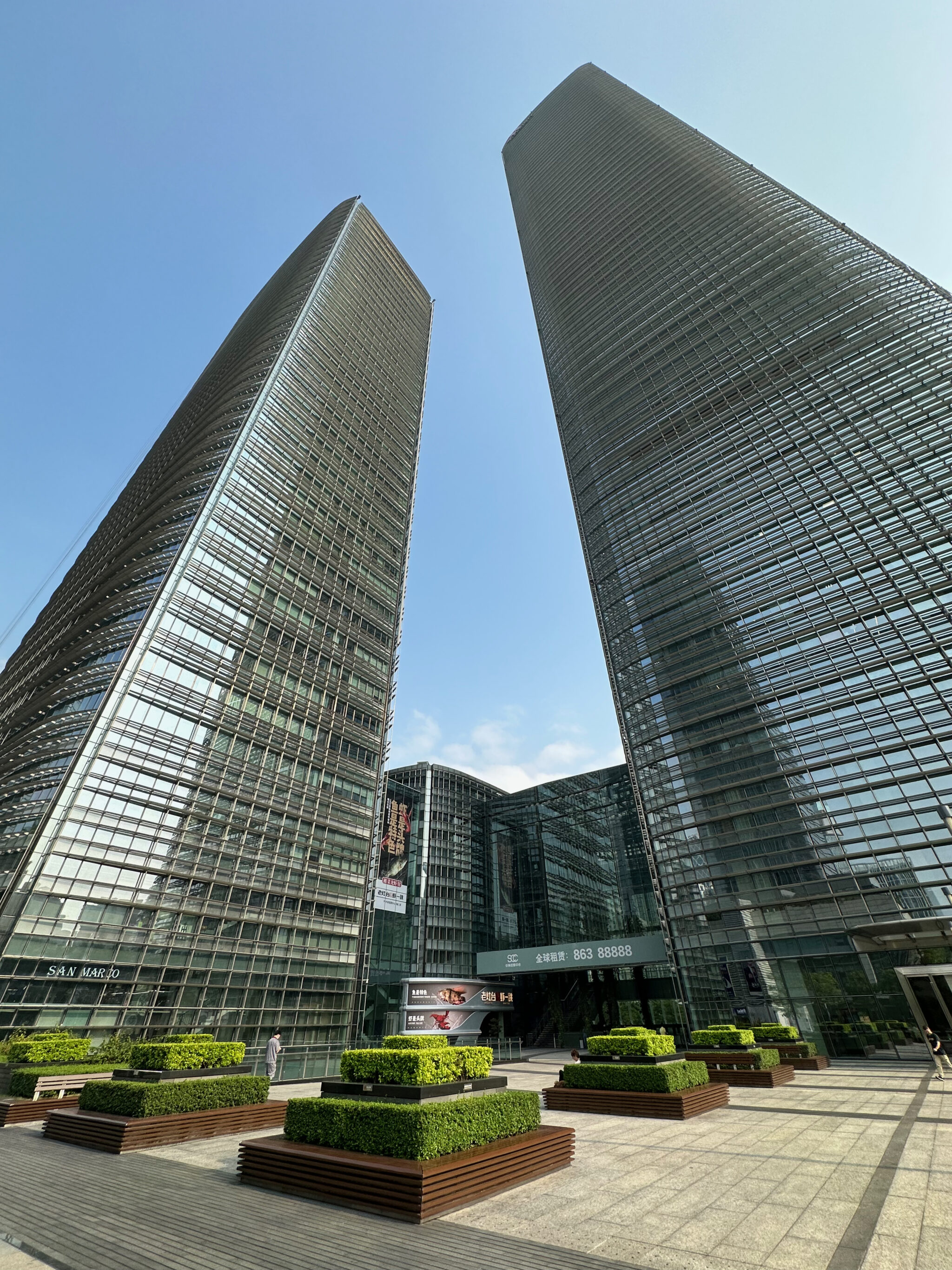
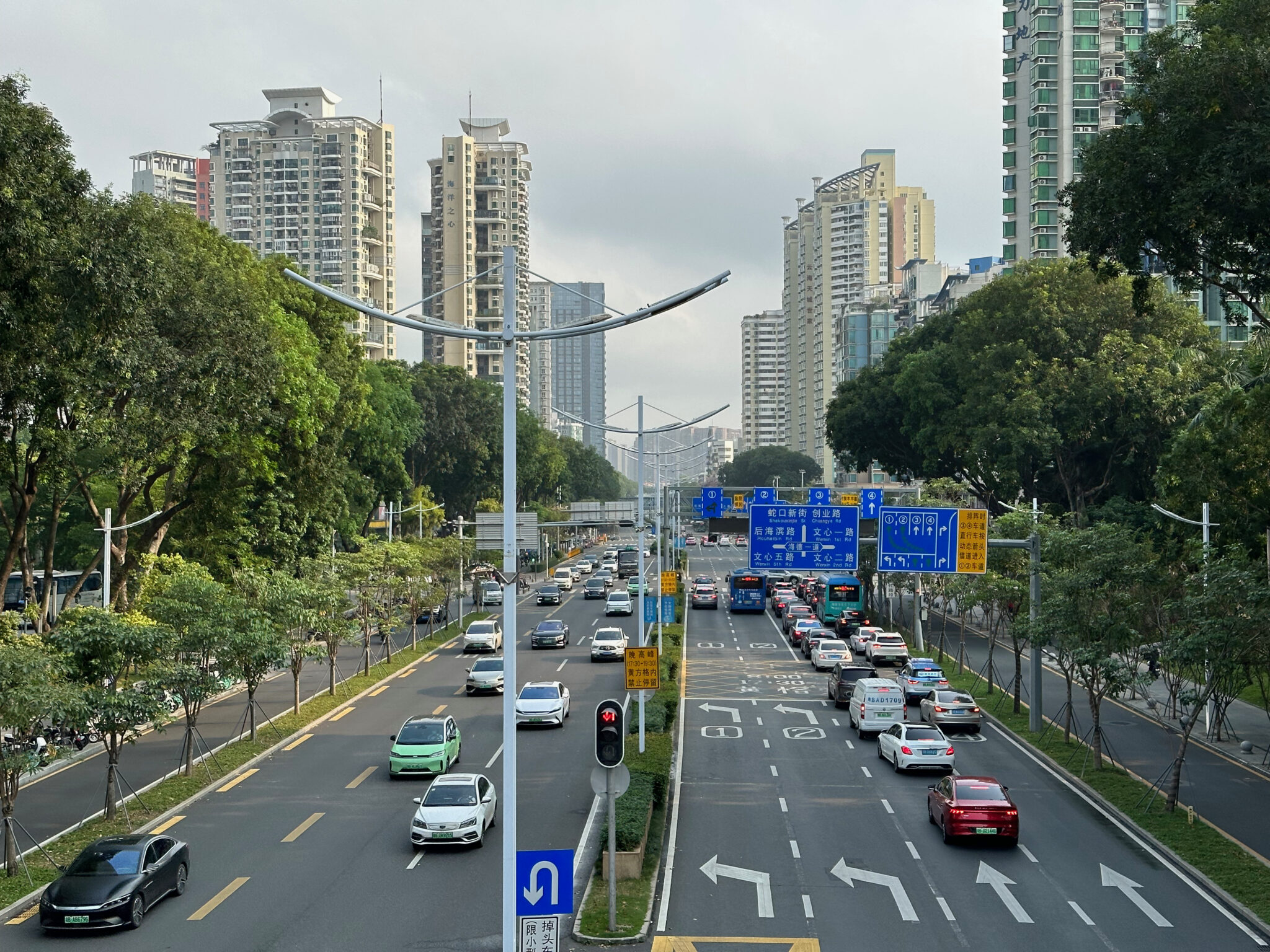
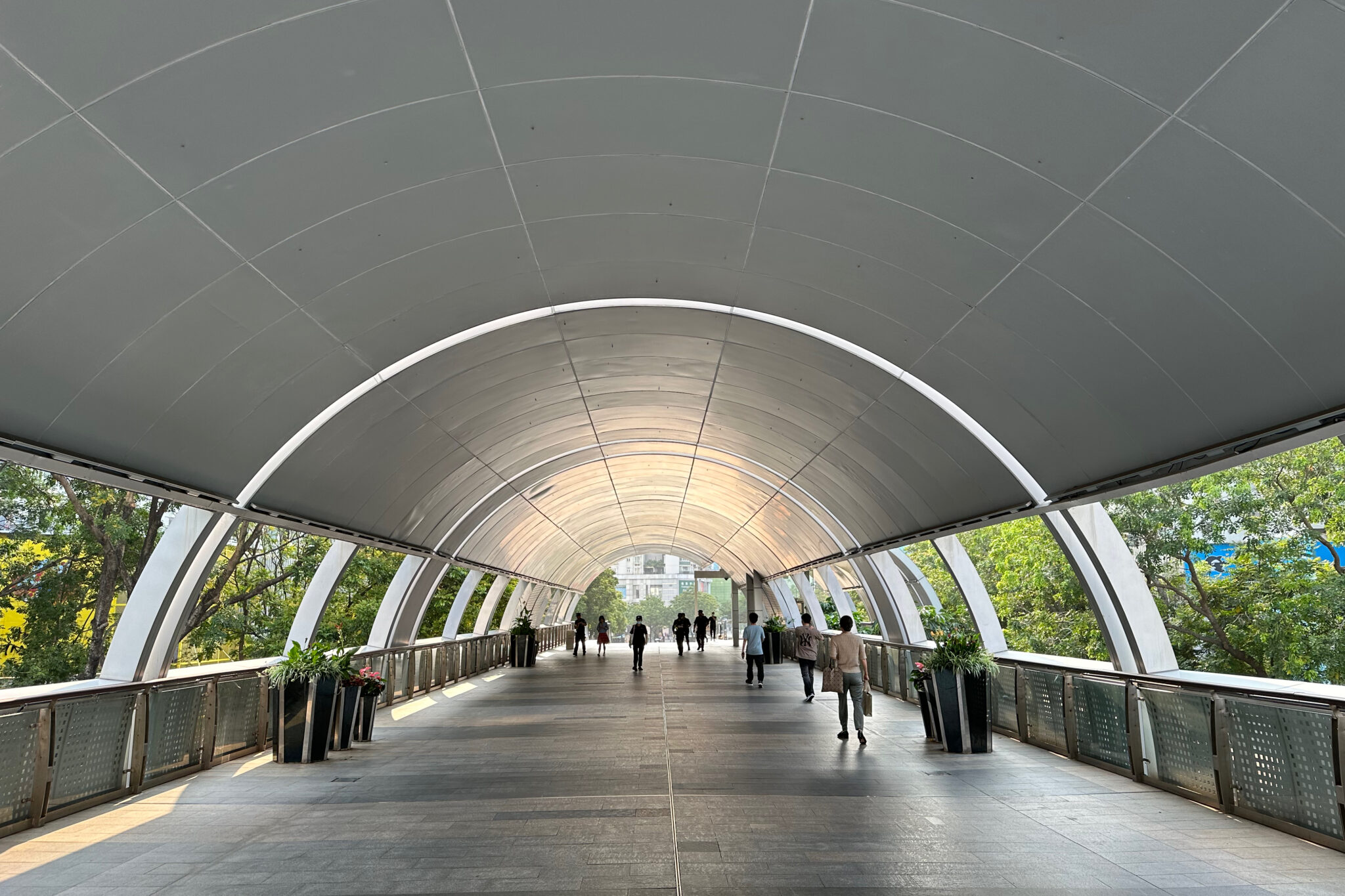
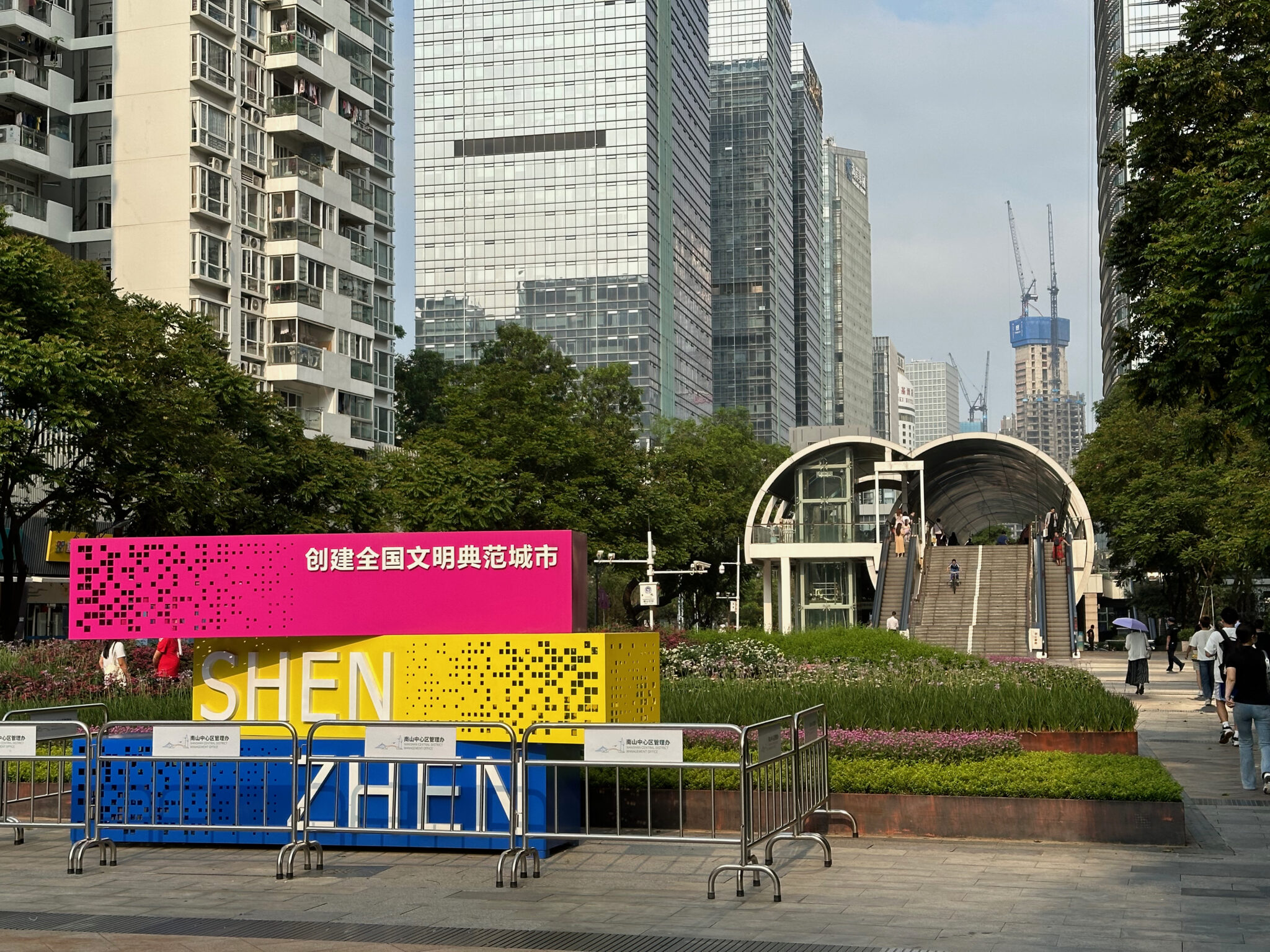
Although this might not be the most interesting of places, I was overcome by the nostalgia of being back where I spent my first few years living abroad in my early 20s. Even just passing the bus stop where I used to wait on my way to work brought back floods of memories like when I met someone who exported wedding dresses from China for a living.
Shenzhen felt like another world to me back then and the world was feeling a lot more optimistic towards China than it is today.
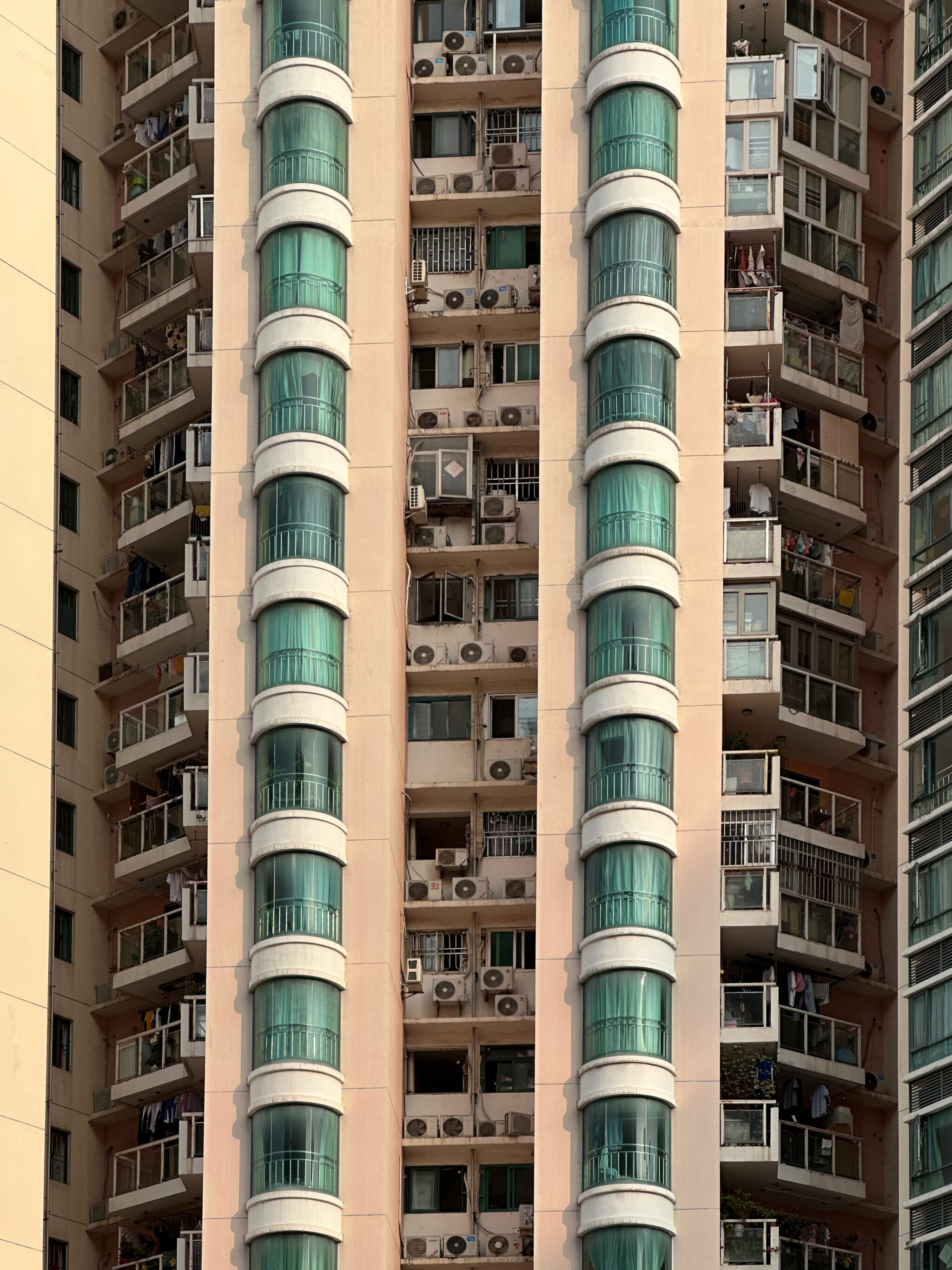
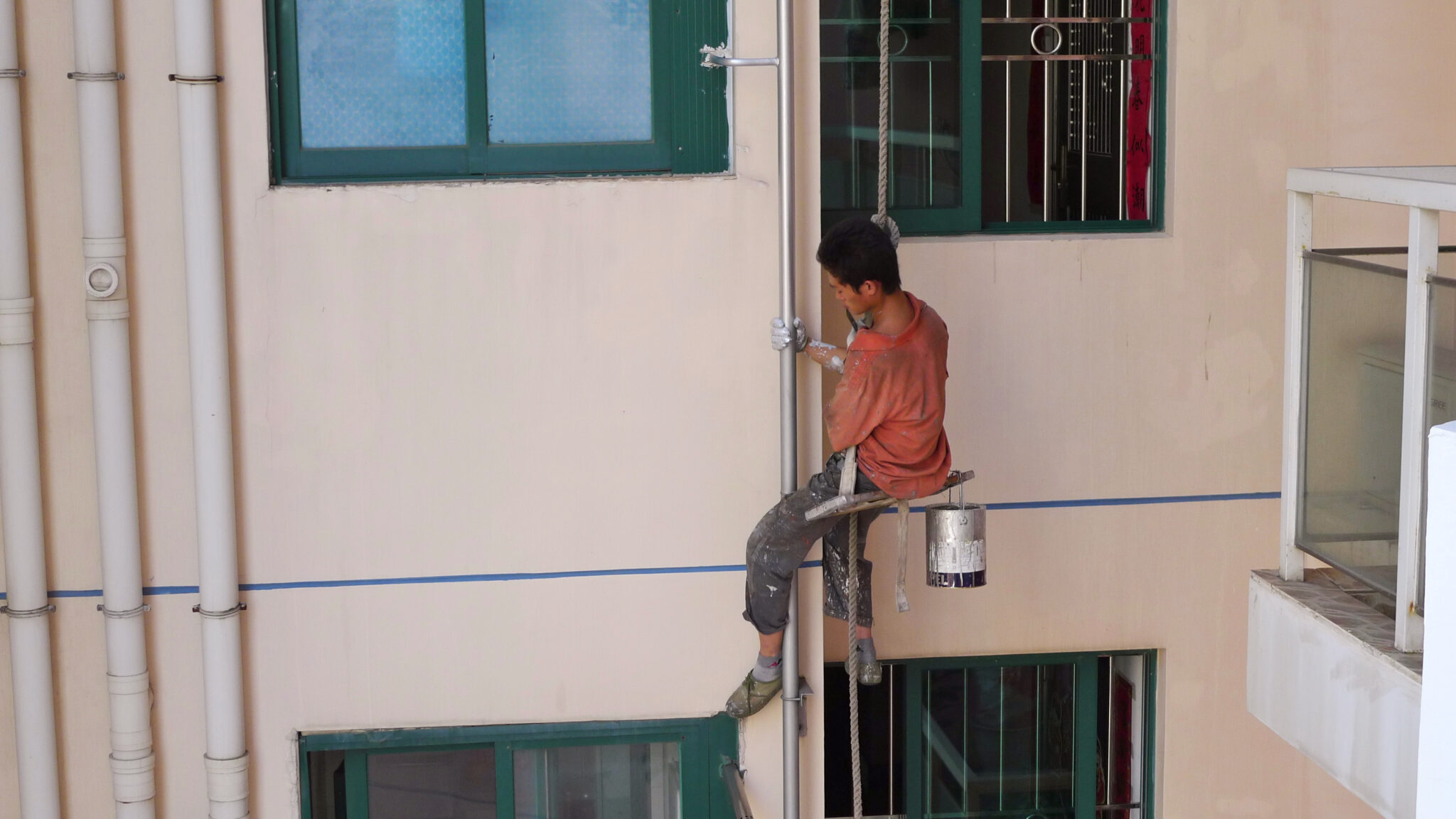
My old apartment block was looking a little worse for wear and could use another visit from this daredevil painter who I spotted outside my window one morning in 2010.

Except for Starbucks, most of the old shops and restaurants that I remembered had been replaced by more upmarket establishments. People in general seemed more fashionable though I didn’t see many signs that Shenzhen is any more cultural than it was. It’s still a place people come to work hard and maybe strike gold.
Back at our hotel, I was amused to see a contingent of Dalek-like robots scurrying around the floors making deliveries. They can even ride the lifts by themselves! We saw them in a bunch of hotels and I suspect they were a pandemic addition.
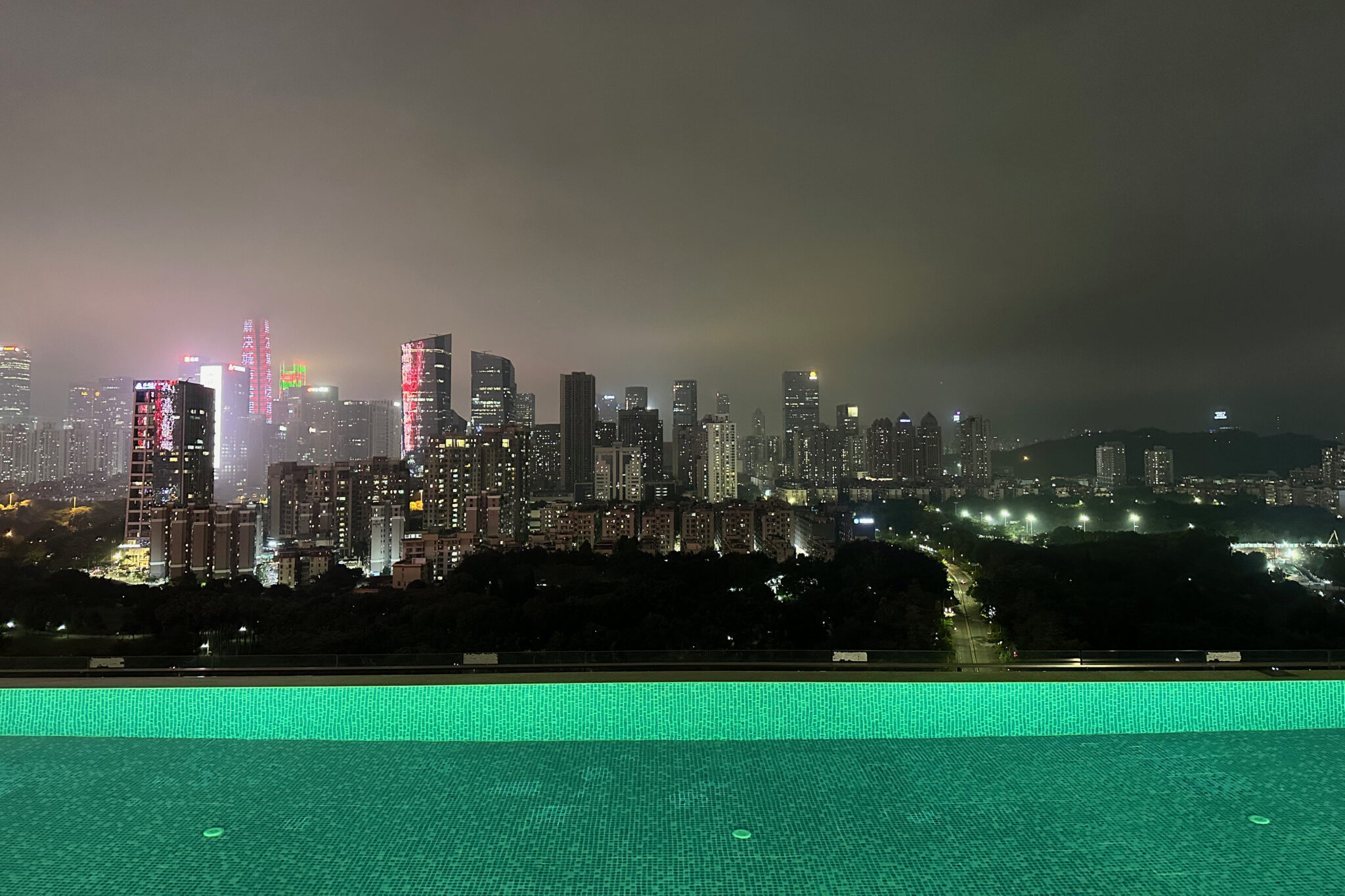
Another big change we spotted across all the major east-coast cities we visited during our trip was the massive rise in electric vehicles. Without exaggerating, I’d estimate that about 50% of all the cars on the road are now electric (and 90% of taxis and buses), most of them coming from domestic brands like BYD.
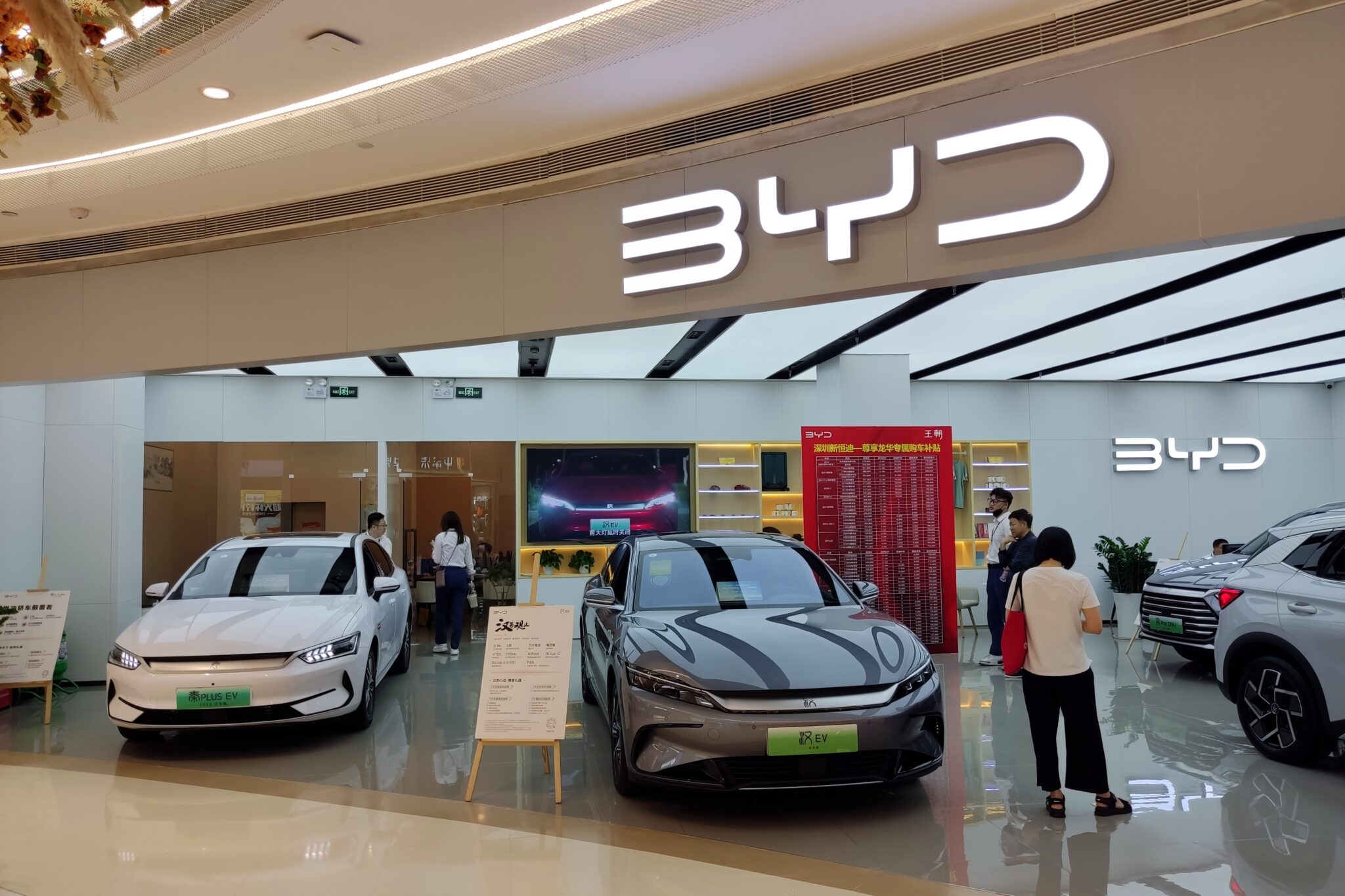
The Chinese government has incentivised this change by making it cheap to get a numberplate for an electric car and extremely expensive to get one for a gas guzzler. The improvement in ground-level noise and air pollution was noticeable. The ChinaTalk podcast has a great episode on the subject and its implications for the future.
Shenzhen is not a city I’d like to live in today, but it remains a fascinating example of urban development on scale and speed that’s never been seen before.

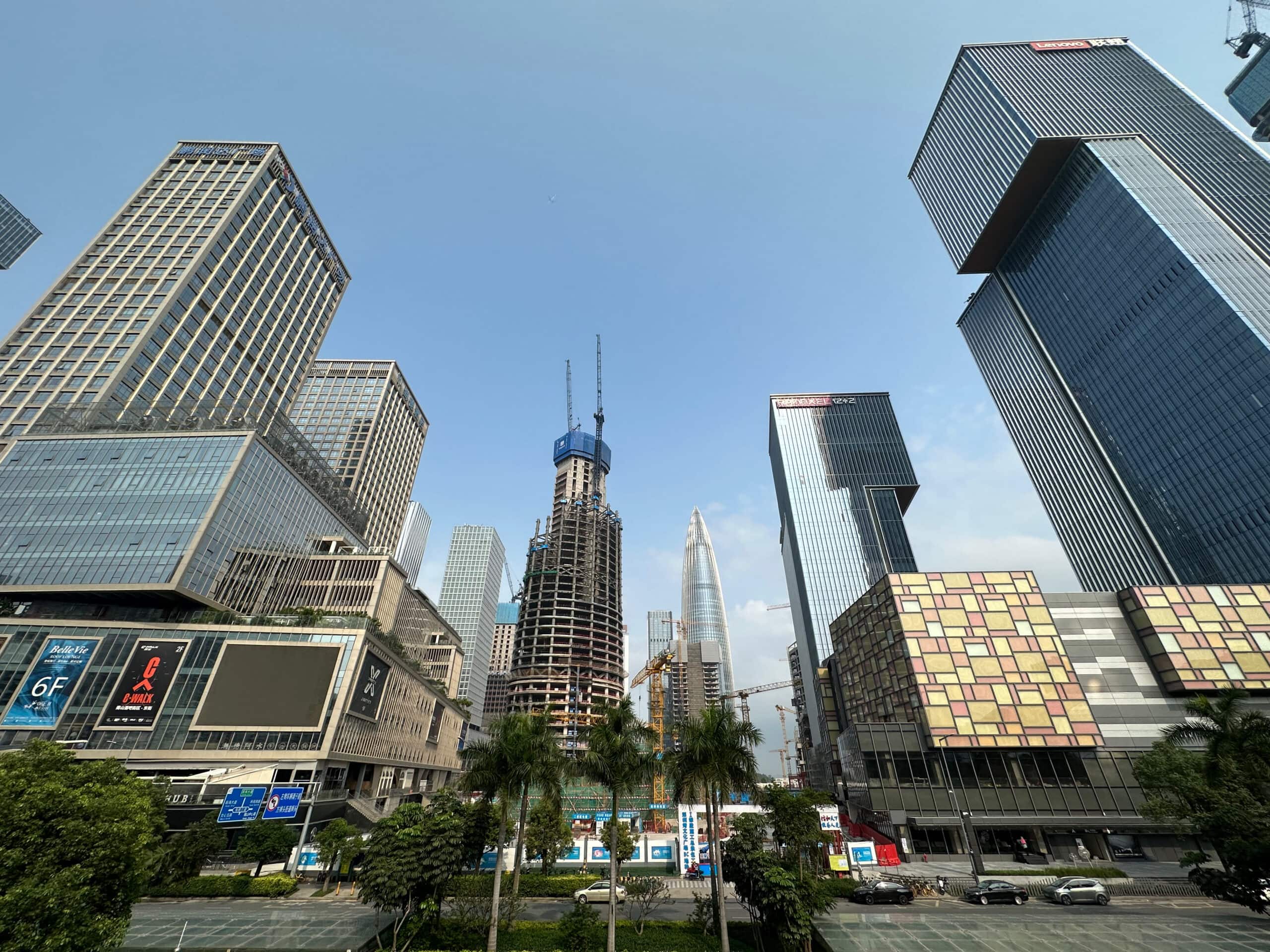
Reply